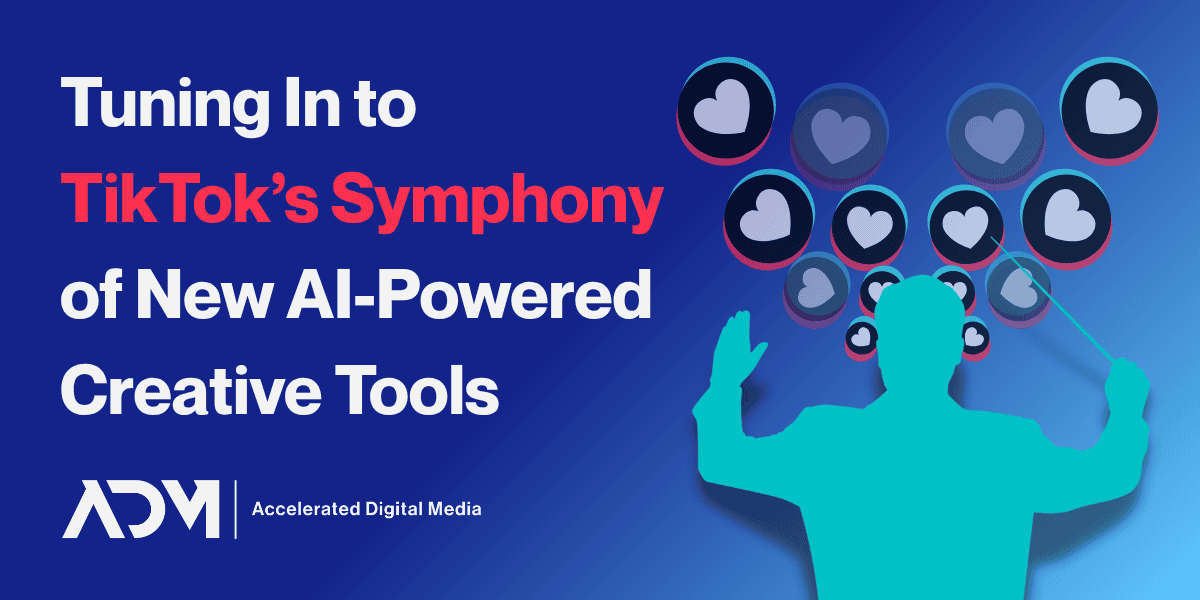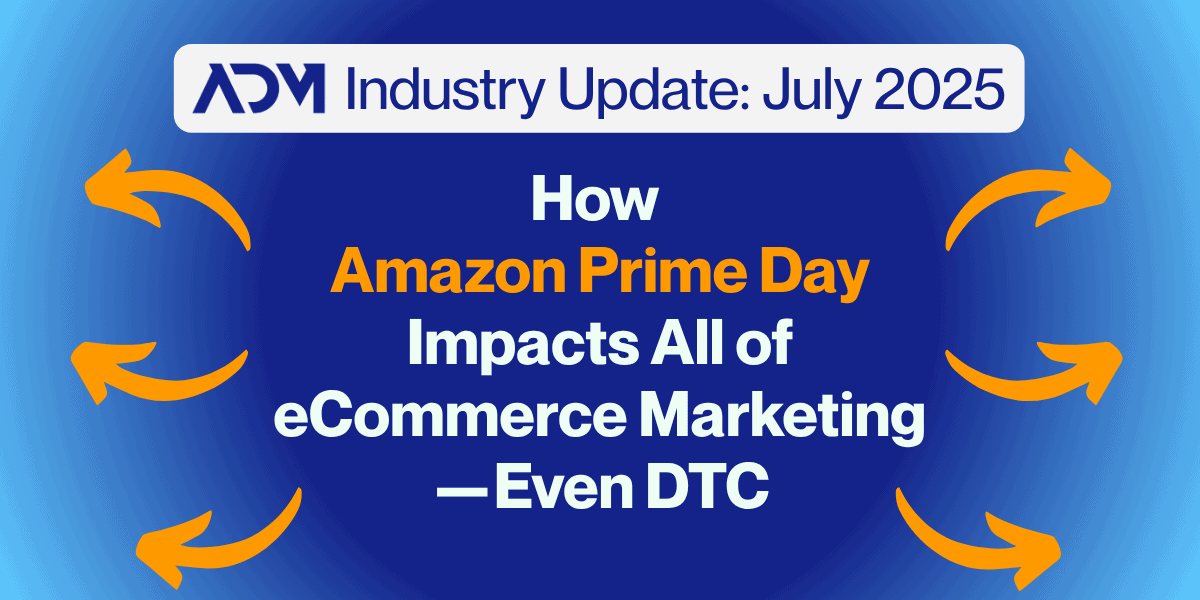Paid social, paid search, and programmatic advertising retargeting strategies are cornerstones of successful digital marketing plans. With retargeting, you can deliver online ads to patients who have previously interacted with your brand, moving them further down your sales funnel.
In other words, retargeting converts window shoppers into loyal buyers.
However, special consideration to retargeting must be given for D2C health brands to remain compliant with patient privacy laws and regulations. Here we examine the opportunities and challenges digital health brands face when retargeting leads through programmatic, social, and search campaigns, as well as how the most successful companies stay ahead.
Programmatic Advertising Expands Your Retargeting Reach
Programmatic advertising offers the greatest opportunity for digital health marketers looking to leverage the power of retargeting strategies while remaining compliant with patient privacy and platform regulations.
While programmatic advertising can have its limitations, it presents far more advantages than other marketing channels for most digital health brands. Programmatic advertising enables D2C digital health brands to leverage user behavior to display relevant ads to anyone who searched for the services they provide or interacted with content relevant to those services.
The Challenges D2C Health Brands Face in Programmatic Advertising Retargeting
Although programmatic digital media might sound simple, understanding the intricacies and technology of this powerful resource is no easy feat. The greatest challenges lie in the matter of expertise. D2C health brands without an in-house expert may lack the skills and media partnerships to create and execute effective programmatic initiatives.
Programmatic advertising has earned a poor reputation from performance marketers. When introducing a programmatic element to a digital program, ensure you know what you’re paying for. Ask about the breakdown of costs between management fees, data fees, media fees, and any other costs that may be built into your CPM (cost per mille). Introducing this conversation early will set the appropriate expectation for the level of transparency and accountability you should expect from your media partner.
The demand for programmatic advertising is so high that you’ll find many agencies claiming to offer the service. But buyers beware: Many unethical third party firms promise to fill programmatic advertising gaps. However, what they often end up delivering is fraudulent activity, ad bots, and outrageous pricing structures.
How D2C Health Brands Win With Programmatic Retargeting
When it comes to targeting and retargeting user behavior online, programmatic advertising has fewer limitations than social and search engine marketing. For this reason, programmatic advertising often plays the leading role in D2C health brand’s retargeting strategies through the following techniques.
Utilize Website Retargeting Layered With Contextual Targeting
Unlike with social and search engine marketing, you can retarget prospects who have visited your website with programmatic ads. You can also layer your retargeting list with contextual targeting data that uses web page content information to target ads to users who are likely to be interested in your product or service. Not only will these patients be familiar with your brand having visited the website before, they will be viewing an ad at the time the product may be top of mind or related to the content they are ingesting. In other words, with programmatic retargeting, patients are both familiar with your brand and in the right frame of mind to receive health-related content when they view your ad.
Leverage Sequential Ad Experiences to Segmented Audiences
Strategically segmenting your audiences is critical to your programmatic retargeting efforts. Bucketing past site visitors by how recently they visited your site and what they did while they were there allows for customized messaging and various ad performance optimizations.
Depending on where and when a patient engaged within your website — scrolling the homepage, starting a quiz, exiting right before converting — different messaging relevant to their actions can be used in your retargeting campaigns to inspire the next best step. For example, a patient that only reached the homepage could be served an educational retargeting ad inviting them to a blog article. Or, a patient that began a survey but did not complete it could be served an ad incentivizing them to complete the registration.
Partner With a Reputable Agency
A D2C health brand looking to nail their programmatic advertising efforts should consider partnering with a trusted agency. You must choose a partner truly specialized in this unique field. A standout programmatic advertising specialist should be able to speak easily to issues of spend transparency, ROI measurement, brand safety, ad fraud, and expected viewability. They should also have a track record of successful programmatic ad campaigns and extensive knowledge of the nuances of digital health marketing.
Another asset that reputable D2C digital health marketing agencies bring to the table is established relationships with DSPs (demand side platforms), ad networks, and technology partners needed to run effective programmatic campaigns. Your agency expert will know how to navigate the benefits their technology partners offer, such as mobile compatibility and geotargeting. They will also leverage channel-specific partnerships (streaming audio, CTV, social influencers, and digital-outside-of-home) for your campaigns’ increased retargeting and channel diversification.
Social Media Retargeting Strategies and Success
As of 2022, the average amount of time people spend on social media clocks in at 147 minutes a day. It’s clear that social media is a landscape ripe for planting retargeting seeds, and retargeting patients on these platforms has become an essential part of an effective digital marketing strategy. However, D2C health brands face some hurdles when seeking to retarget patients on social media.
Social Media Retargeting Can Be Tricky
At the beginning of this year, Facebook removed the ability for marketers to target or retarget users of its platform around sensitive, health-related topics. Apple’s iOS 14 and 14.5 updates also reduced digital marketers’ ability to use Facebook tracking pixels. Such shifts illustrate how quickly the social media landscape is changing.
In this ever-shifting terrain, compliant data collection, earning trust, and building a large enough audience to sustain an effective retargeting initiative are the biggest obstacles D2C health brands face when seeking to re-engage warm leads on their social platforms.
How Successful D2C Health Brands Win at Social Media Retargeting
Despite the uphill battles of retargeting on social media, the fact remains that patients spend a vast amount of their time there. Failing to reconnect with patients in these critical spaces is a strategic miss.
Social media retargeting initiatives rely on serving more compelling touchpoints to clearly defined audience segments. Retargeting efforts are exclusive from prospecting. Among the most common ways to segment your social media audience are by time-from-last-site-visit and user actions.
Retarget by Time-From-Last-Site-Visit
General site visitors who have engaged with your website in some way are prime for your retargeting initiatives. Segmenting past site visitors according to the timeframe in which they visited your site is most effective. Visitors who engaged with your site one, three, seven and 30 days ago are the most common audience pools formed. You can more aggressively retarget users who interacted with your brand most recently.
Retarget by User Behavior
User behavior is another effective way to segment your audience for retargeting. By retargeting users based on the behaviors most relevant to them, your campaigns become more personal and more likely to earn conversions.
For example, you can retarget cart abandoners with clear direct response language inspiring them to complete their transactions. These individuals would be targeted separately from visitors, and layered on as exclusions to your general site visitor retargeting list. You can even create dynamic retargeting standalone campaigns to showcase customized creative of past products or medications that site visitors viewed and link directly to those landing pages with those items.
Another excellent user behavior pool to include in your retargeting initiatives involves the readers of your blog. Digital health clients commonly have robust upper-funnel blog content built with the intention of conversion-based strategies. Because of this, standalone campaigns to retarget blog readers work well.
Create More Compelling Touchpoints to Earn Trust
Trust is paramount when it comes to social media advertising, as patients have varying levels for the ads shown on their favorite platforms. This is especially true in the health space. The more touch points you have with prospective patients, the more value you can bring to them. As you educate your audience about who you are and how you can help them, you earn increased brand trust.
What To Know About SEM Retargeting
SEM retargeting is the act of bidding higher on keywords if the individual searching for a product or service has previously been to that brand’s website. Digital marketers across every discipline know the importance of SEM marketing and retargeting. However, digital health marketers also know that their ability to retarget patients via SEM marketing is limited.
Challenges D2C Health Brands Face with Search Engine Marketing
At first glance, SEM retargeting for health brands may seem virtually impossible because of one glaring challenge: Google does not allow retargeting of medically-sensitive audiences.
Google carries one of the most restrictive digital health advertising policies. Google’s Personalized Advertising Policy holds significant implications for what can and cannot be done on its platform, especially if an advertiser’s actions directly threaten to violate patients’ privacy and HIPAA rights.
How D2C Health Brands Succeed Despite SEM Retargeting Restrictions
Google’s restrictive health marketing policy aside, there are ways innovative digital health marketers find value when considering SEM as part of their retargeting strategy. First and foremost, you must make sure you have a thorough understanding of Google’s policy.
There are health and wellness offerings that are not banned from retargeting under Google’s Personalized Advertising Policy. Fitbit, for example, is a D2C health brand that wouldn’t violate Google’s policy as it does not target specific medical conditions.
Exceptions to Google’s policy also exist if your brand does not exclusively offer medically-sensitive services, and retargeting ads do not imply knowledge that a patient has a specific medical condition. For example, while a dermatology office has a section on its website relevant to skin cancer, as long as they also offer general dermatology services, this firm could retarget web visitors with certain limitations (i.e. ad language cannot speak to conditions protected by medical privacy regulations, like cancers, nor could they drive traffic to any landing page that mentions cancers.)
Secondly, you should also remember that while Google is the leading search engine today, it isn’t the only one. While Microsoft’s search market is significantly smaller than Google’s, it is still valuable. It’s also far less restrictive than Google’s platform and does allow for retargeting.
For brands that cannot retarget under Google’s policies, digital marketers in the D2C healthcare space must shift their view of the role retargeting plays in an SEM strategy. Rather than rely on retargeting, spend more time and resources assessing search intent behind patient queries and creating content to satisfy that intent. Because retargeting isn’t allowed in most cases, marketers must do more effective keyword research to fuel proper prospecting campaigns and focus on converting the patients who do land on their pages.
Retargeting is About Connection
The ability to reconnect and continually nurture patients makes retargeting a critical piece of your D2C health brand campaign. Despite the red tape around patient privacy and medical advertising, retargeting is hugely effective and critical to your continued success.




